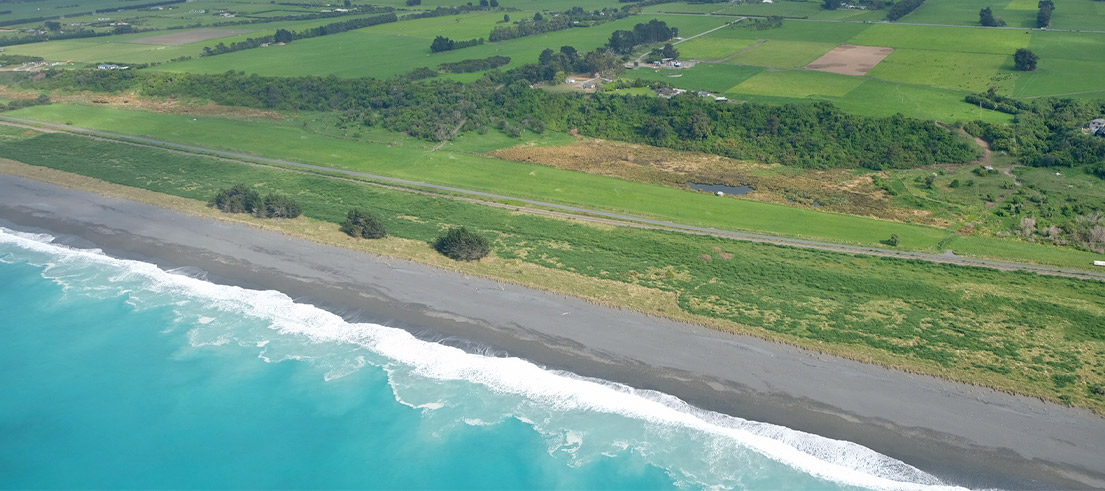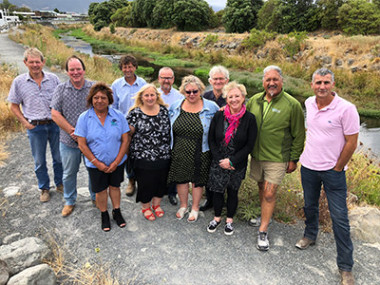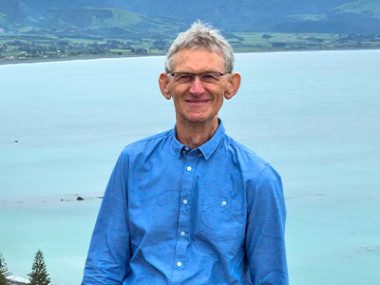
Kaikōura committee supports local projects
The Kaikōura Water Zone Committee has supported three local projects through its Action Plan Fund. Hear from committee chair Ted Howard, who shares how the projects aim to improve and enhance water quality, biodiversity, mahinga kai and recreational values in the zone.
Each of Canterbury's water zone committees has an action plan which outlines how they will work with the community to deliver their aspirations for freshwater as outlined in the Canterbury Water Management Strategy (CWMS).
Committees were provided $50,000, to support projects in their zones that help meet the CWMS targets and their action plans.
The Kaikōura Water Zone Committee has supported the following projects:
- Hāpuku Catchment Collective - $25,000
- Puhi Peaks Shearwater Stream Trapline - $15,000
- DOC Trap Library - $10,000
Community engagement and collective action are something that's been a key focus for the committee, and the projects supported are reflective of this.
We're always keen to support mahi that helps build awareness, understanding and connection to our zone and the ways in which we can protect our special environment.
Many of the projects funded also help extend existing efforts by the community, landowner and other organisations, really showcasing the level of kaitiakitanga/guardianship our community has here in Kaikōura - something I'm very proud of.

Kaikōura Water Zone Committee members

Kaikōura Water Zone Committee chair Ted Howard
Hāpuku Catchment Collective
This project is one of the bigger ones, which aims to support landowners in reducing weeds (namely vine weeds such as old mans beard) in the South Hāpuku catchment/area.
The committee has supported this mahi with $25,000 during year one of the proposed two-year initiative. Funding will be used to carry out weed control, supporting increased levels of native biodiversity. There's a community engagement component, with landowners banding together to help make a bigger difference - power in numbers means funding will be more efficient and effective in controlling a larger area.
The project is being led by Environment Canterbury's Land Management and Biodiversity Advisor Heath Melville and supports other mahi happening in the catchment such as the protection of one of the last remaining coastal bush scarp wetlands in the South Island - Hāpuku Scarp wetland - which hosts some of New Zealand's southernmost tawa and black maire trees.
We are really excited about this project, seeing how interested and passionate community members can band together as a catchment and make a difference.
This project aligns with the committee's action plan priorities by facilitating action to enhance biodiversity and improvement amenity and recreation outcomes and identifying potential "Ki Uta Ki Tai" projects.
Puhi Peaks Shearwater Stream Trapline
The Puhi Peaks Shearwater Stream Trapline Project has received $15,000 towards the protection of one of the last two natural breeding colonies of our taonga tītī/Hutton's shearwater as well as protecting other native biodiversity in the area.
Two traplines for predator control in the Puhi Peaks Nature Reserve will be established, with traps placed along the bush line. The Hutton's Shearwater have only two natural breeding locations left, both in the Kaikōura District, including Puhi Peaks. Puhi Peaks is also home to Hectors tree daisy (Olearia Hectorii) - a native tree with only six populations left in the country.
The Puhi Peaks Shearwater colony is home to an estimated 3,000 breeding pairs - this number was thoughts to be 8,000 in 2019 which indicates the need for protection.
This project aligns with the committee's action plan priority to facilitate action to enhance biodiversity by coordinating and supporting "on the ground" actions such as trapping and planting. It also identifies new "ki uta ki tai" opportunities that support existing efforts.
Department of Conservation community trap initiative
The details for this project are being confirmed currently. It is proposed that the Department of Conservation (DOC) will support the community with backyard and riparian margin trapping.
DOC has already held several learning opportunities - showing how residents can get involved in backyard trapping and help protect our native wildlife while contributing to the Predator Free 2050 national goal.
The sessions were well received, so funding was needed to help expand the possibilities of support that DOC could offer. $10,000 has been allocated for this project, to be used for purchasing a range of different types of traps.
Further information on how the community can get involved, including existing community groups working towards the same goals, will be available soon.
This project aligns with the committee's action plan priorities by facilitating action to enhance biodiversity and supporting kaitiakitanga in the zone.
